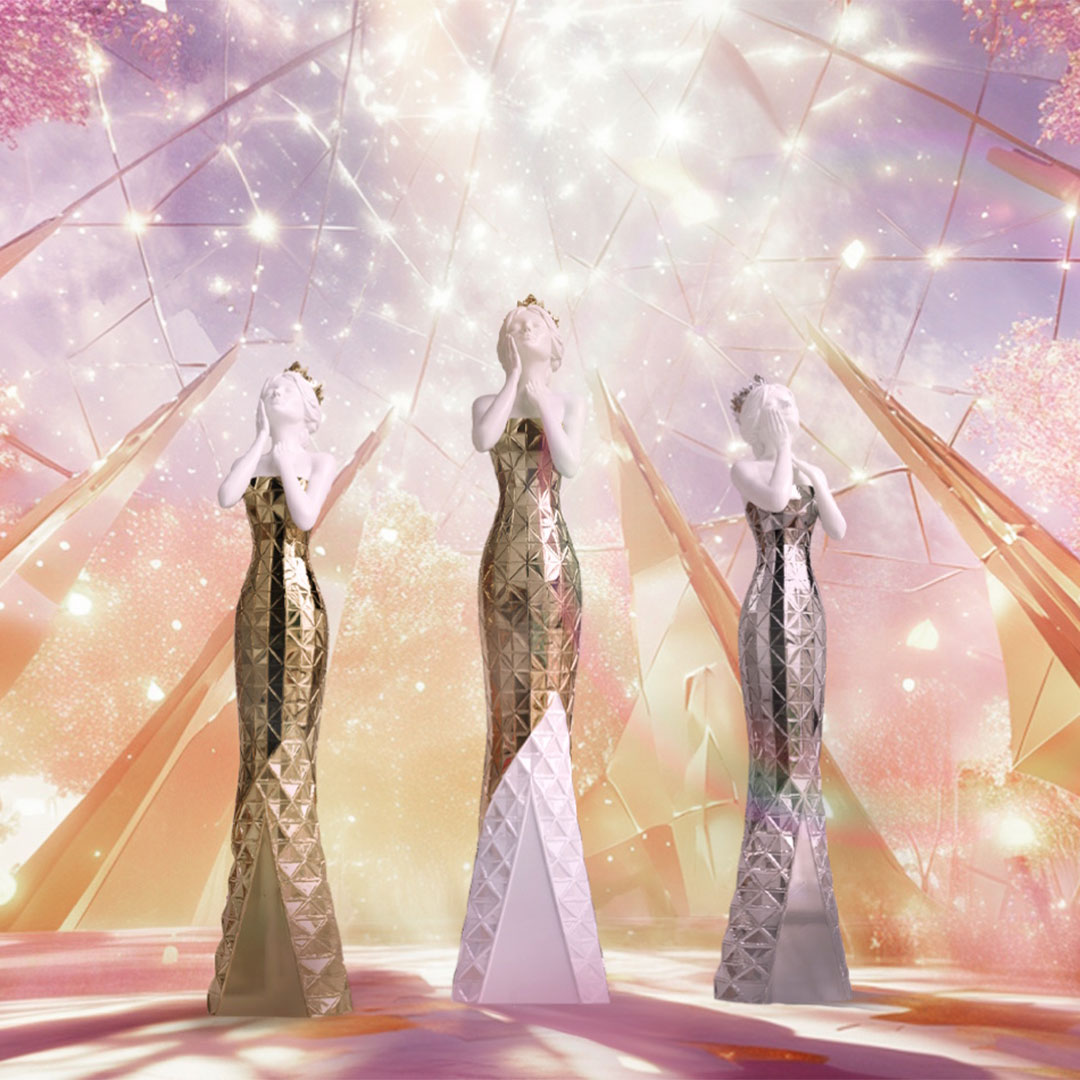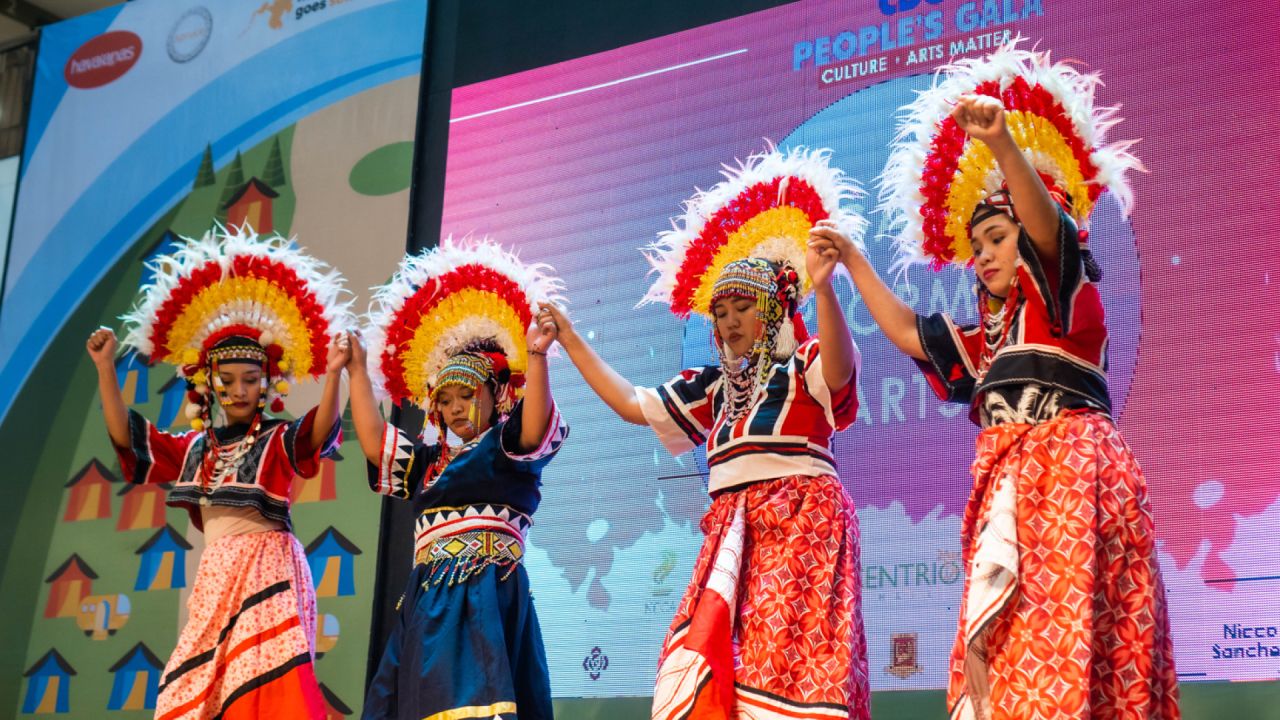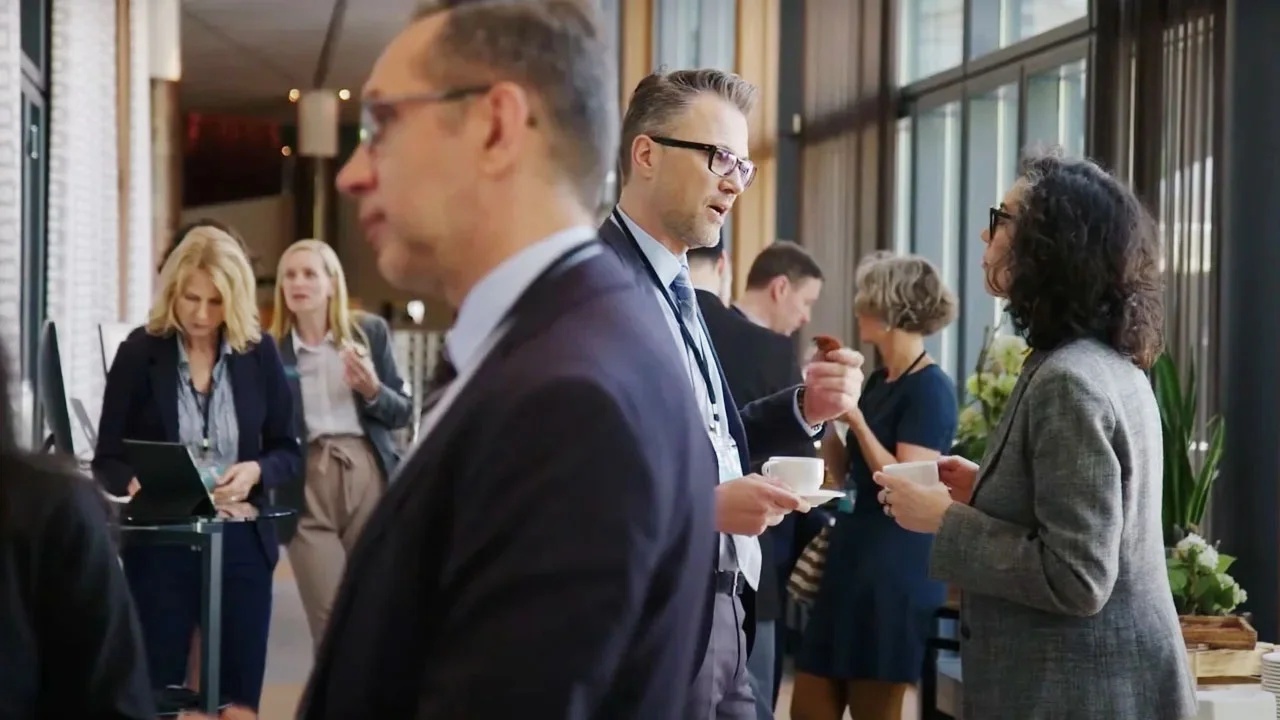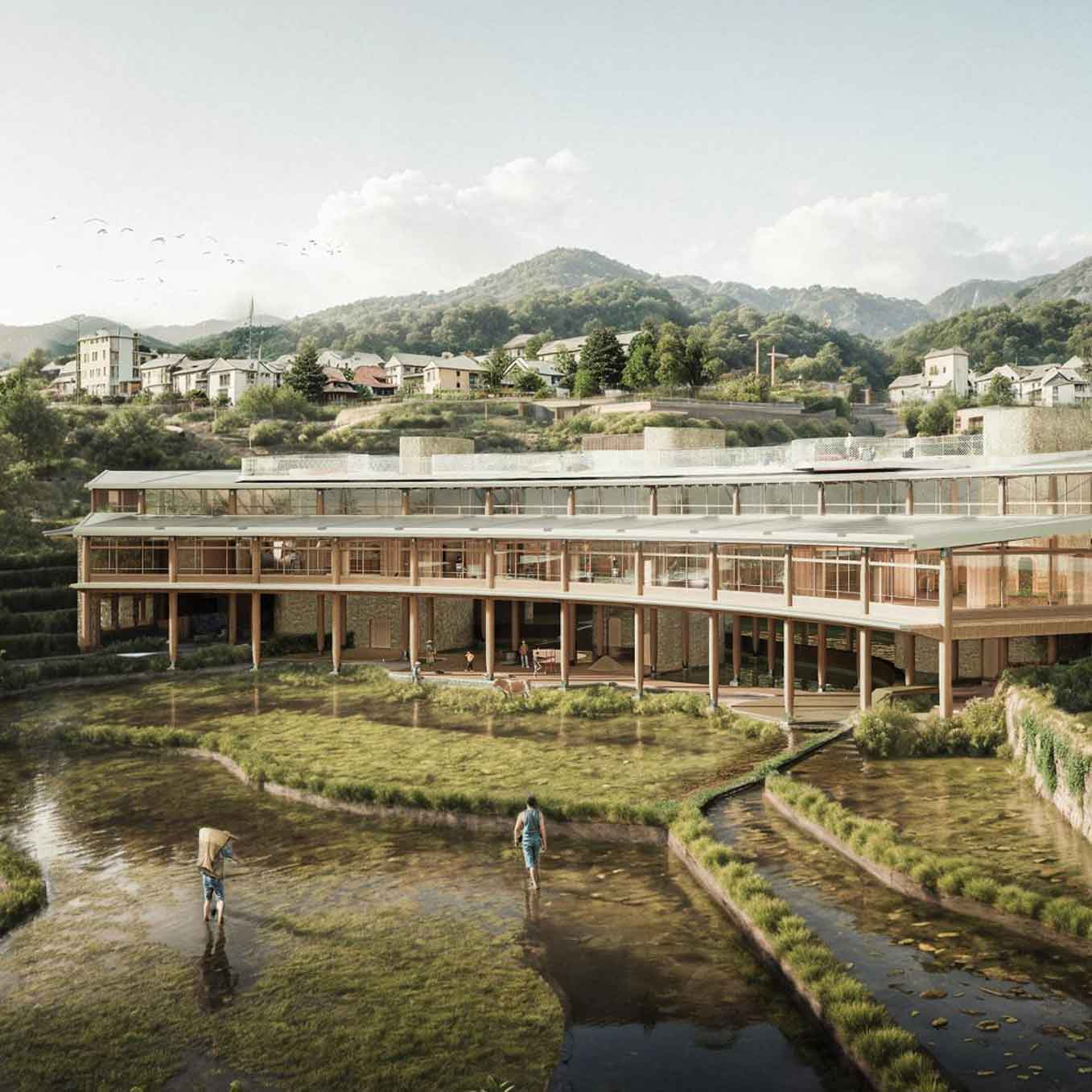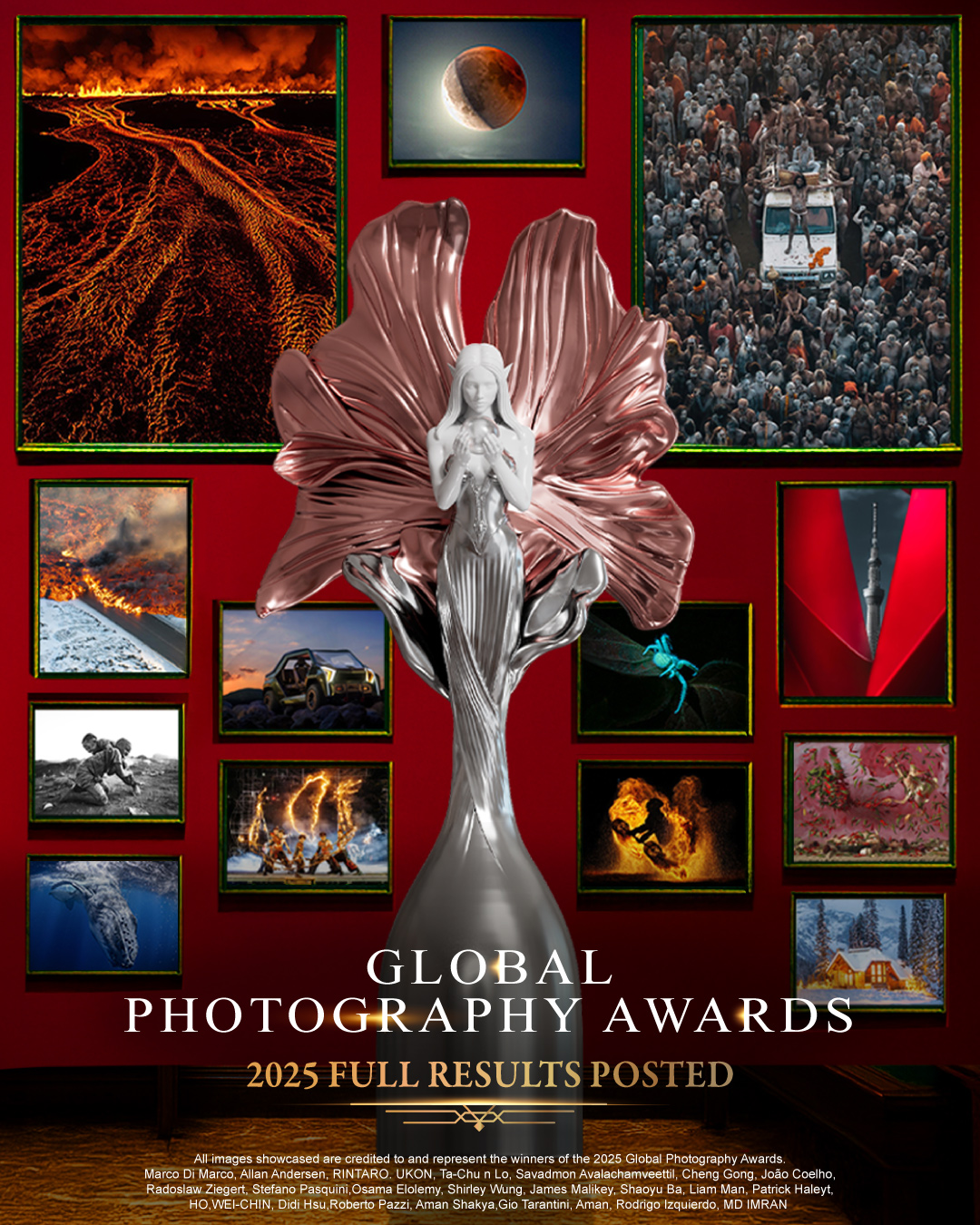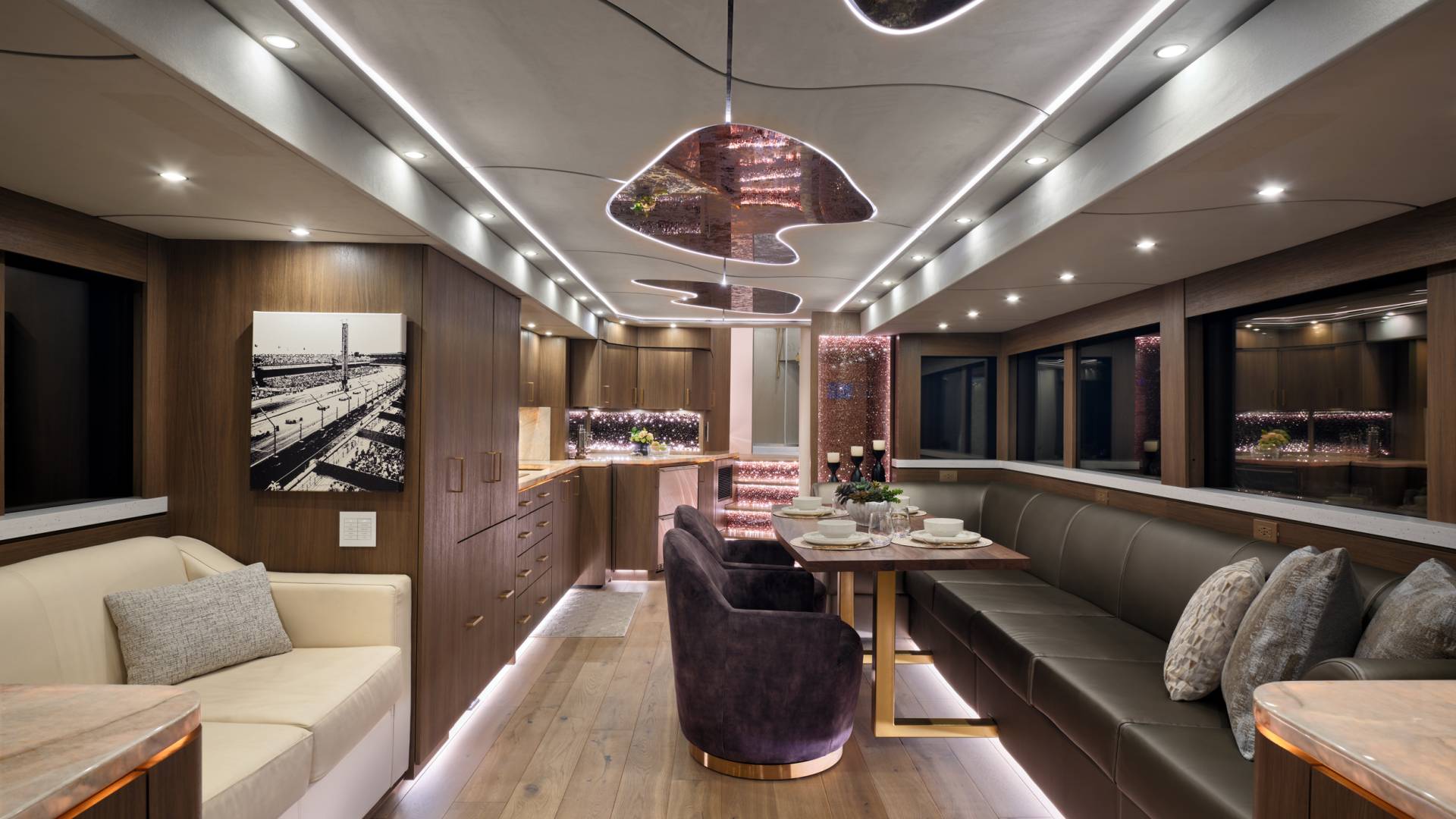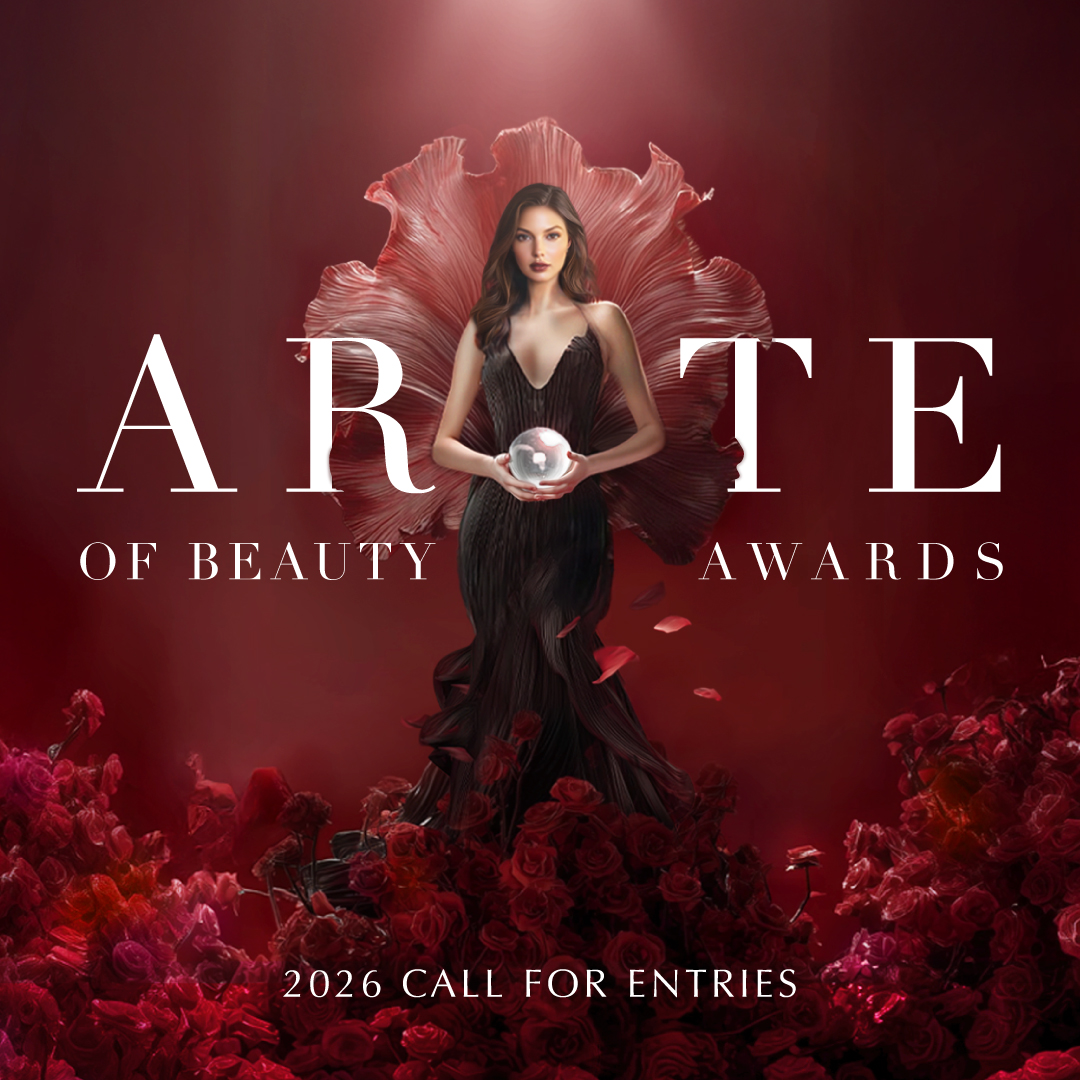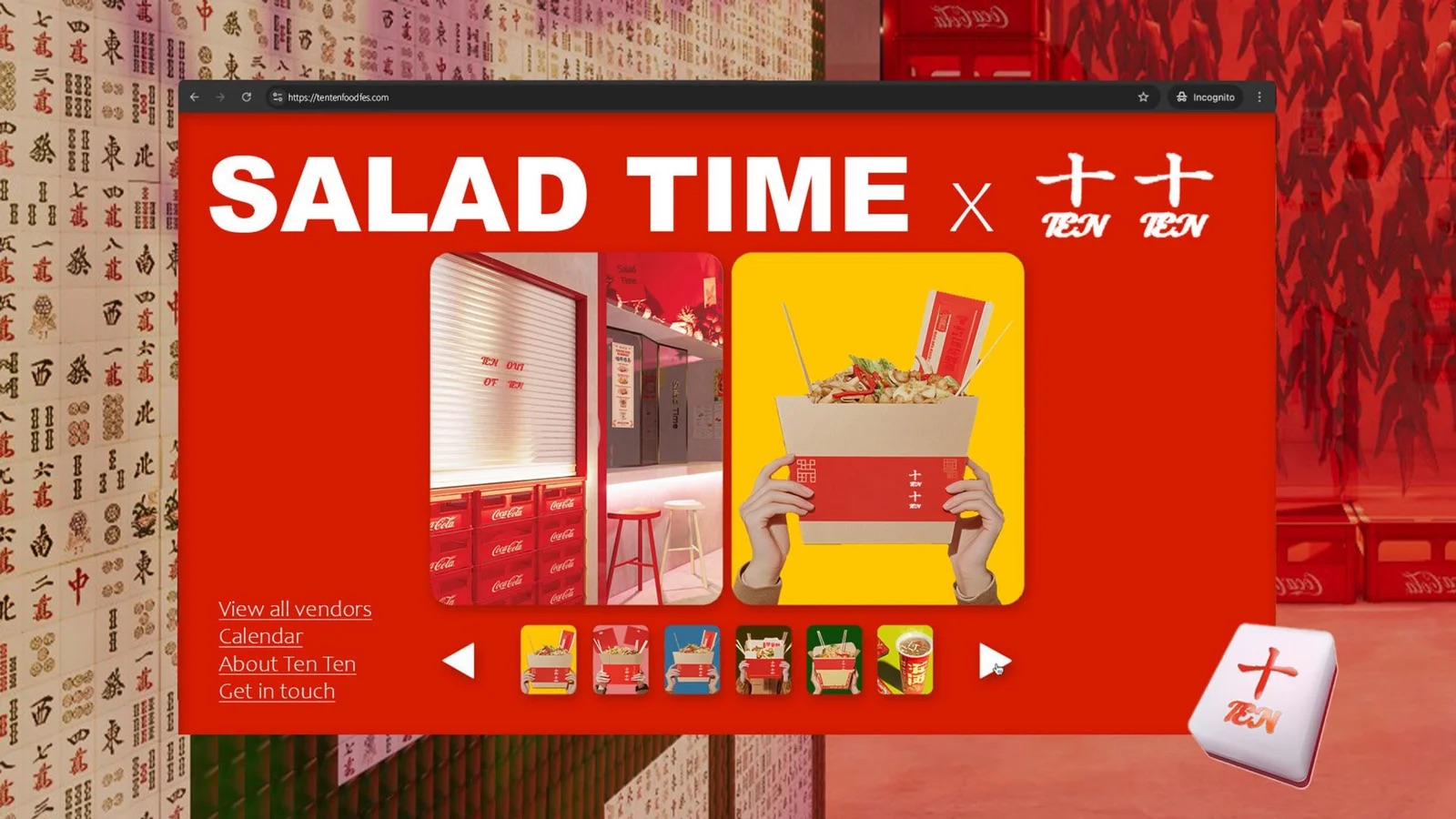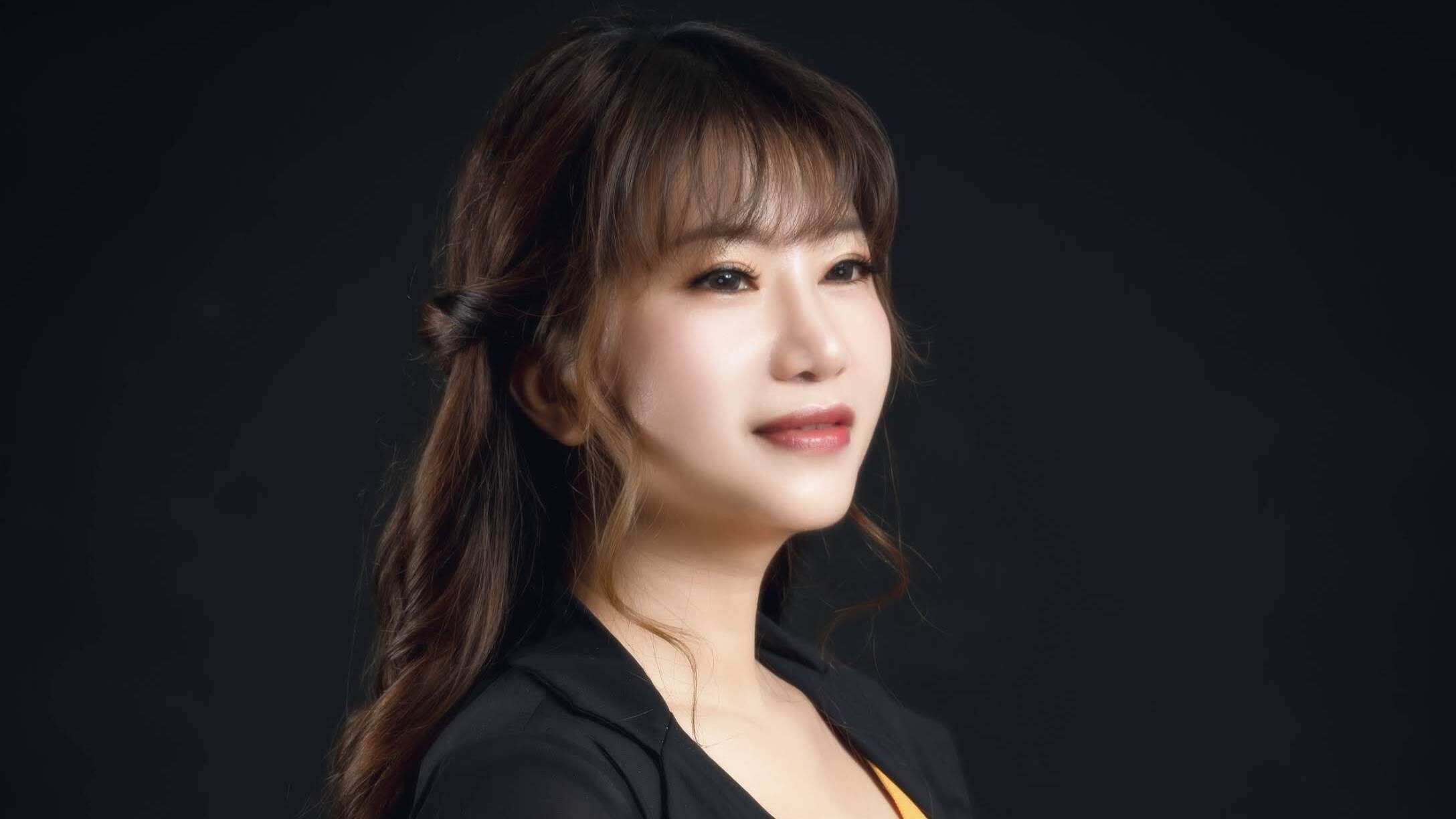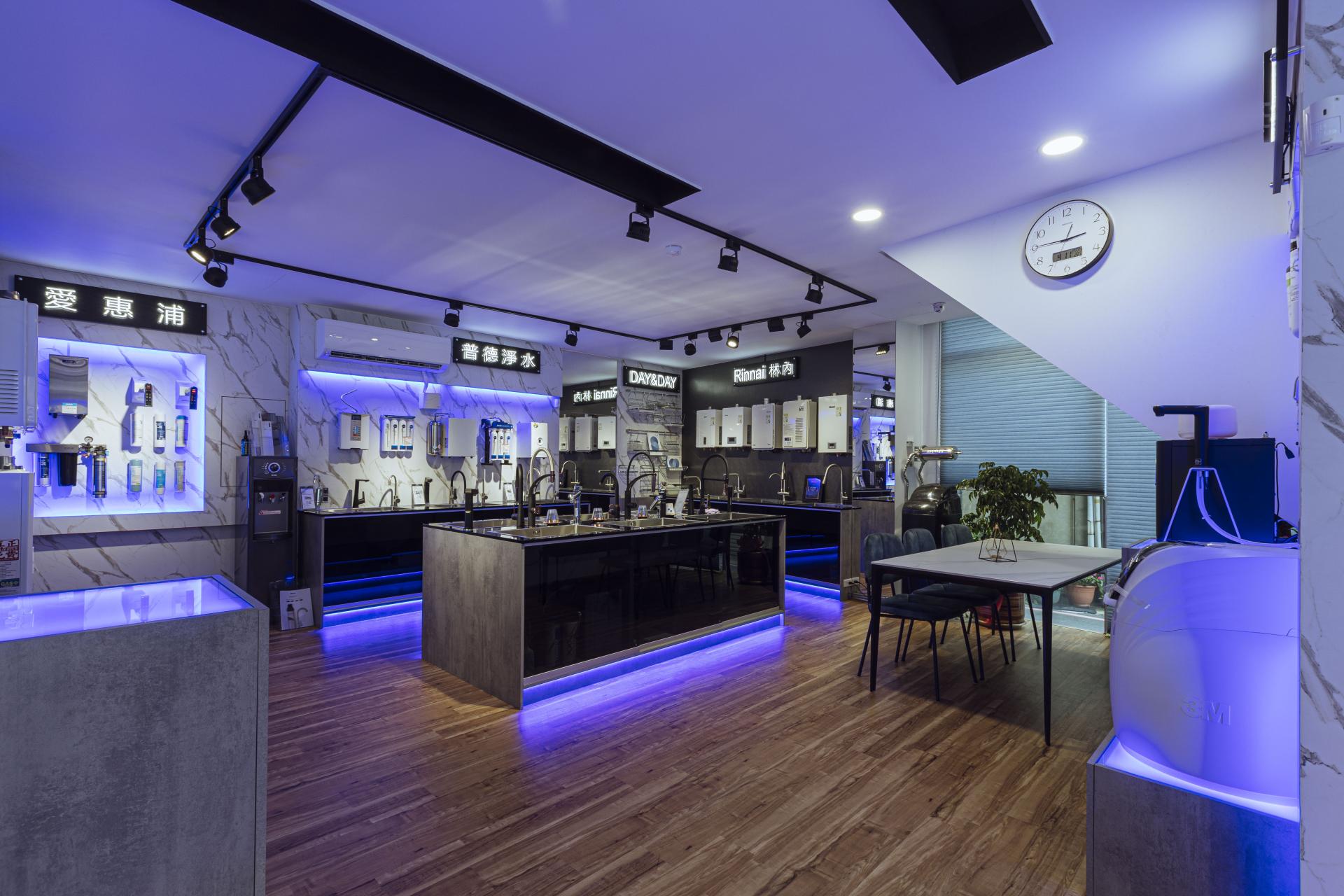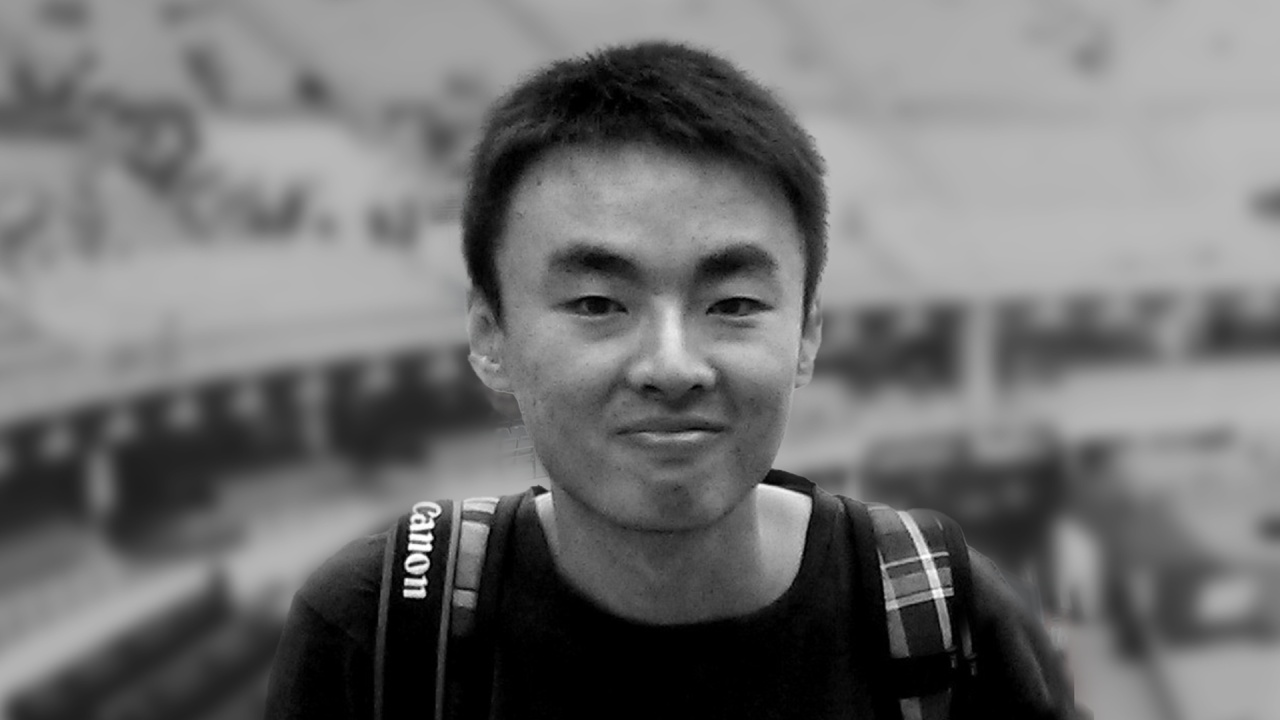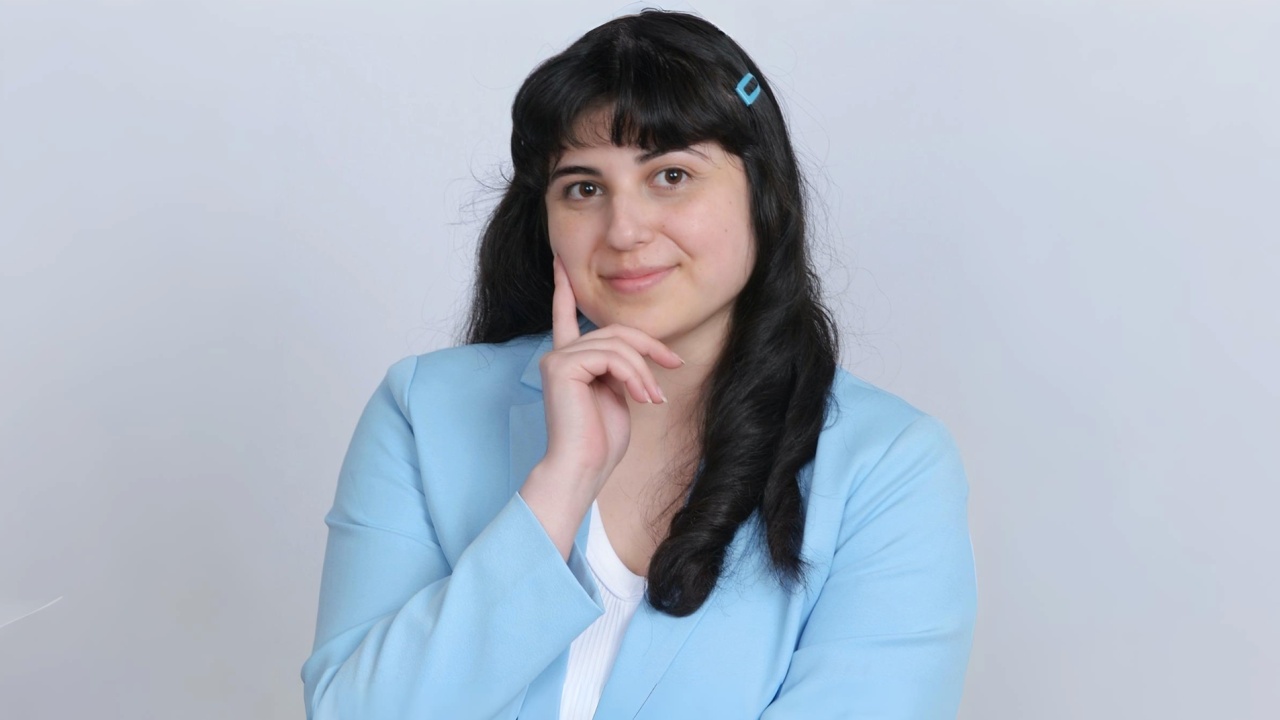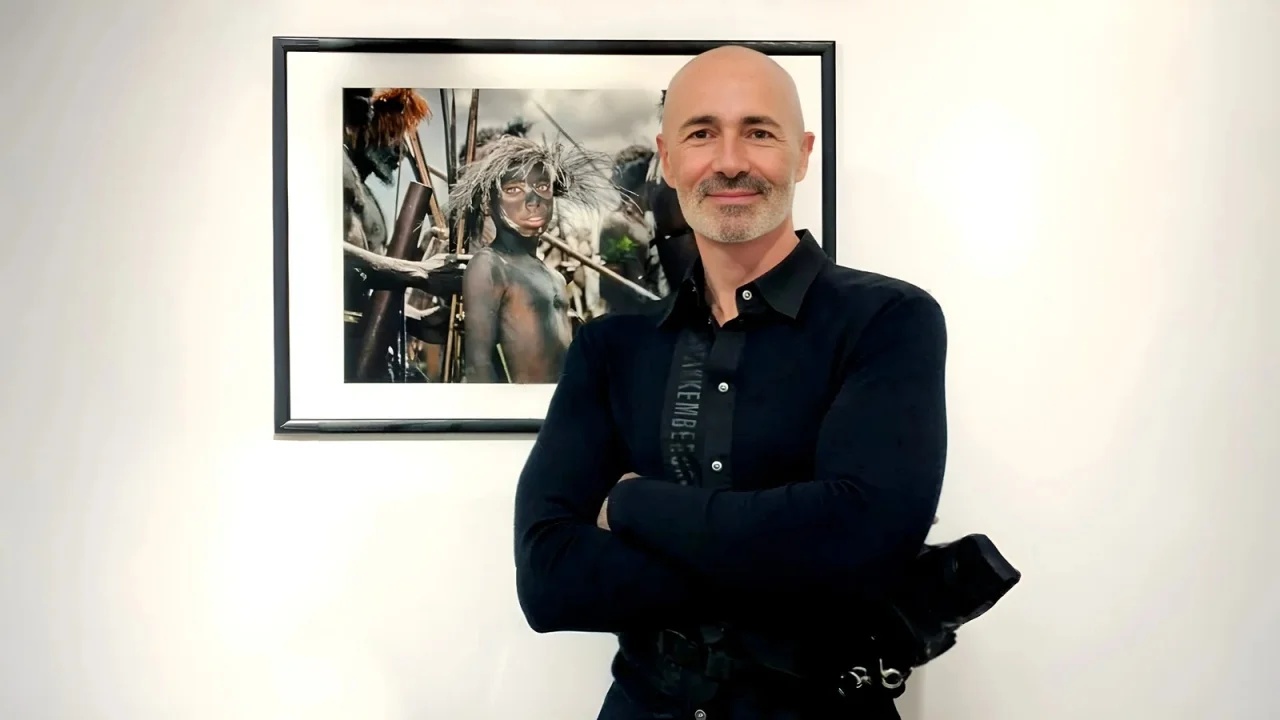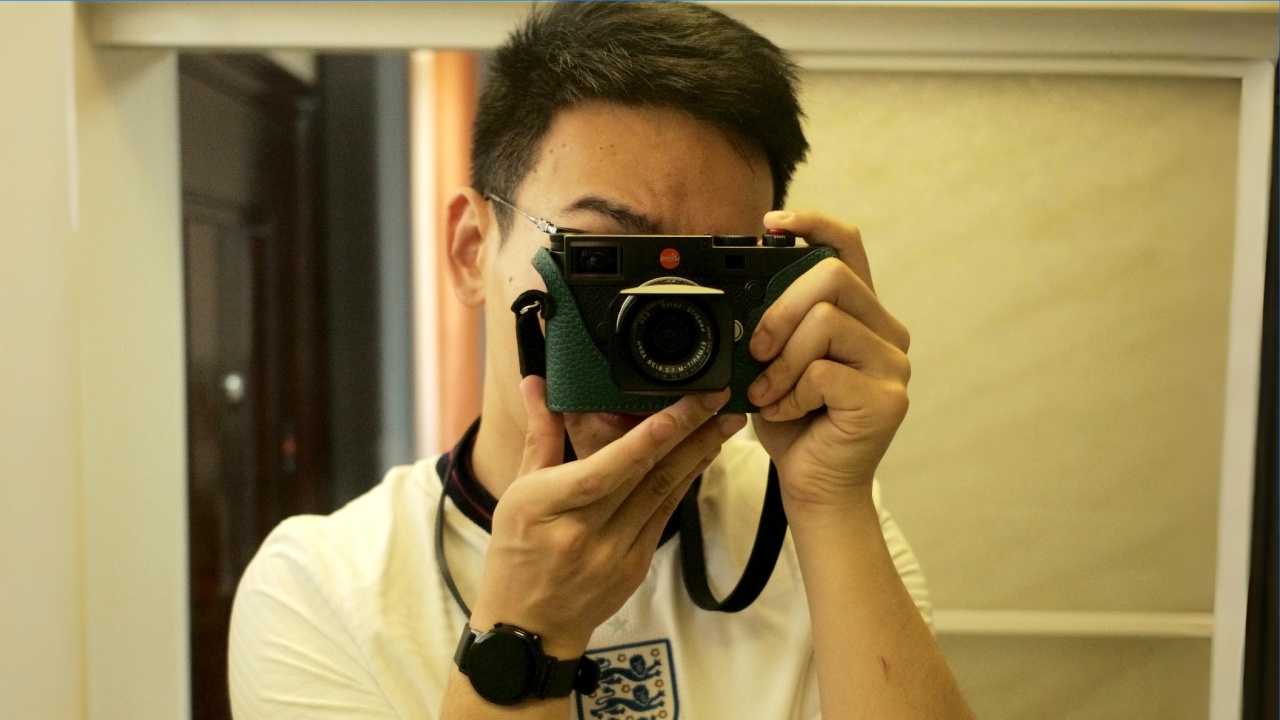The Story Within the Space: A Conversation with Min Jun Liao
Min Jun Liao
Guided by a belief that spaces are living experiences, Min Jun Liao approaches design as a balance of emotion and reason. Her work turns experimentation into poetry, translating materials and light into intimate stories of connection.
I am an interior designer who believes that spaces are not just containers, but emotional connectors between people and their surroundings. Early on, it was my clients’ trust and appreciation that fueled my passion. With every project, I found a sense of accomplishment that solidified my decision to keep creating meaningful spaces.
This recognition signifies that our work resonates not only with clients but also with the global design community. To me, it’s not only an honour but also a responsibility — a reminder to keep striving for design that is pure, inspiring, and impactful.
It has given us greater visibility, attracted new collaborations, and boosted the confidence of our team. It opened doors to more challenging projects and allowed us to exchange ideas with professionals from different fields, broadening our creative perspective.
Experimentation is like nourishment — it pushes design beyond its limits. For instance, in a residential project, we explored the use of indirect lighting integrated with stone walls. The layered lighting brought the natural stone veins to life, turning a traditionally solid material into something unexpectedly soft and rhythmic.
Once, inspiration came from the gentle ripples of water. Its natural rhythm led me to translate “flow” into interior elements, resulting in curvilinear light bands and fluid spatial circulation, making the interior feel alive and breathing.
I wish people understood that good design is not a single spark of inspiration — it’s a process of dialogue, testing, and refinement. It requires both creativity and logic; it’s art balanced with craftsmanship
I first seek to understand what truly matters to the client, then use my expertise to create a solution that enhances both function and aesthetics. When a vision can be transformed into a “better version” that still respects the client’s needs, balance naturally follows.
The project had complex requirements, with tight budgets and schedules. Through close coordination with contractors, careful material adjustments, and consistent focus on the design’s core values, we managed to deliver the original vision without compromise.
I step away — travel, visit exhibitions, or even just take a walk. When my mind relaxes, ideas return more naturally. Sometimes, simply viewing the same problem from a new angle brings the solution.
I value the “emotional temperature” of a space. Whether residential or commercial, I want people to feel understood and respected in the environments we create — not just beautiful, but empowering and alive.
Stay passionate but grounded. Design is not only about talent but also about patience and attention to detail. Be bold enough to try, humble enough to listen, and let each experience build the foundation for the next breakthrough.
I would love to collaborate with Kengo Kuma. His sensitivity to materials and respect for nature deeply inspire me. I want to learn how to dialogue more gracefully with the environment in contemporary design.
I wish someone would ask: “What is the most meaningful part of design for you?”
My answer would be: “That moment when a project is complete, and I see the surprise and joy in the users’ eyes — that’s when all the effort finds its true value.”
Winning Entry
Read how Translating Nature into Space with Liao Wei-Chiang – Director of Dong Lin Interior Design Construction, shares his input, which secured him a victory in the French Design Awards here.
ADVERTISEMENT
